©️ Photo: โคมคำ ผ้าล้านนา จ.พะเยา 🇹🇭
|
The first Thai king to control territory in northern Thailand had as his capital the town of Chiang Saen, established in 733 AD, on the banks of the Mekong. Over the next two centuries, Chiang Saen was destroyed by an earthquake and seized for short periods by the Khmers and later by the Vietnamese, who were driven out and, in turn, had their territory seized by Chiang Saen, which also at times controlled most of Laos and Cambodia. In succeeding centuries, the royal families of Chiang Saen came to establish principalities in Phayao and Chiang Rai, the territory of northern Thailand was held by a powerful tribe, the Mons, who controlled large areas of Southeast Asia. In the 13th century, a Thai king, Mengrai, drove the Mons from their northern bastions, the empire known as Haripunchai, and extended his kingdom south to Lampang and the Haripunchai capital of Lamphun.
|
|
|
|
|
He called his new enlarged kingdom ‘Lan-Na-Thai’, meaning “land of a million rice fields,” and brought prosperity and stability to the whole area. Many towns and temples were built, and arts and crafts were encouraged. The administration was organized around rice growing; each person was given enough land to grow 5 muen of rice (about 60 kilos). Nobles were given more land, a prince 1000 rice fields. Princes were given new lands on the edge of established territories and so acted as a bulwark against external attack.
|
|
Mengrai first established and fortified the city of Chiang Rai, in which he kept his palace until he died. The name ‘Chiang Rai’ is believed to have initially been ‘Chiang Moi’ (footprint of the elephant), since according to legend an elephant led Mengrai to the spot on which the city was built. He then moved south establishing and defending new towns in Fang, Kumkarn, and Chiang Mai in 1296 A.D., the latter being in such a good position that it became the capital of the new kingdom. From Chiang Mai, Mengrai moved south in 1281 A.D. to take the city of Lamphun from the Mons by using Lawa hill tribe allies to spread dissent in the city, thus ensuring little resistance when Mengrai’s army appeared. Fourteen years later, in an unsuccessful attempt to retake the city, the king of Lamphun Mengrai first established and fortified the city of Chiang Rai, in which he kept his palace until he died. The name ‘Chiang Rai’ is believed to have initially been ‘Chiang Moi’ (footprint of the elephant) since according to legend an elephant led Mengrai to the spot on which the city was built. He then moved south establishing and defending new towns in Fang, Kumkarn, and Chiang Mai in 1296 A.D., the latter being in such a good position that it became the capital of the new kingdom. From Chiang Mai, Mengrai moved south in 1281 A.D. to take the city of Lamphun from the Mons by using Lawa hill tribe allies to spread dissent in the city, thus ensuring little resistance when Mengrai’s army appeared. Fourteen years later, in an unsuccessful attempt to retake the city, the king of Lamphun.
|
|
Sukhothai, which was to be the capital of a united Siam in later centuries, had until the 13th century been controlled by the Khmer civilization based in Cambodia. However, much of the population was Thai (the result of earlier colonization) and they eventually overthrew their Khmer masters. In 1287 A.D. King Mengrai of Lan-Na, King Ramakhamphaeng of Sukhothai, and King Ngam-Muong of Phayao made an allegiance which led to the expulsion of all other claimants to control Northern Thailand and laid the groundwork for the first Thai kingdom of Siam.
|
|
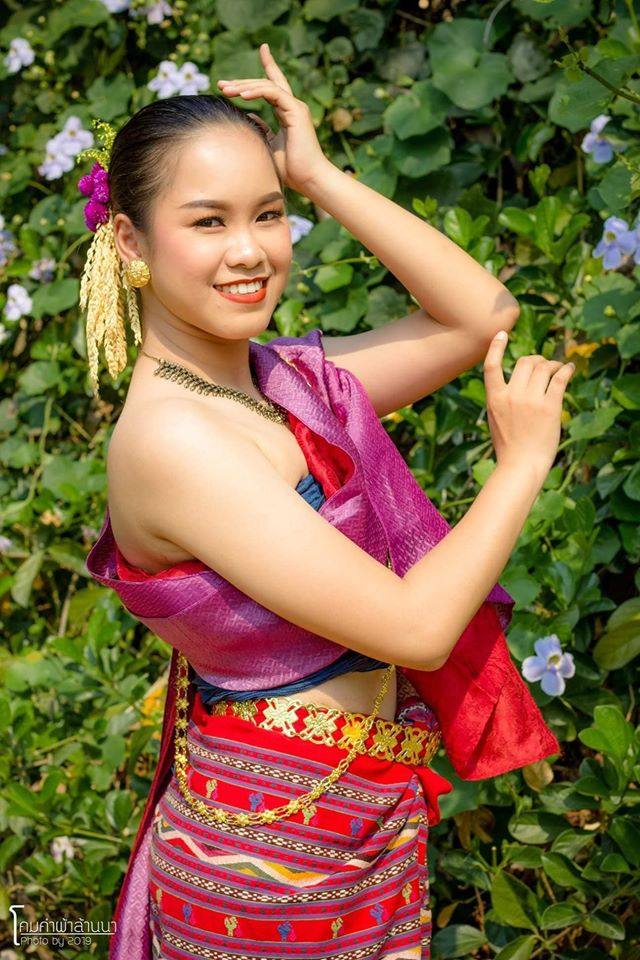
Thailand 🇹🇭 | ล้านนา, Lanna traditional costume
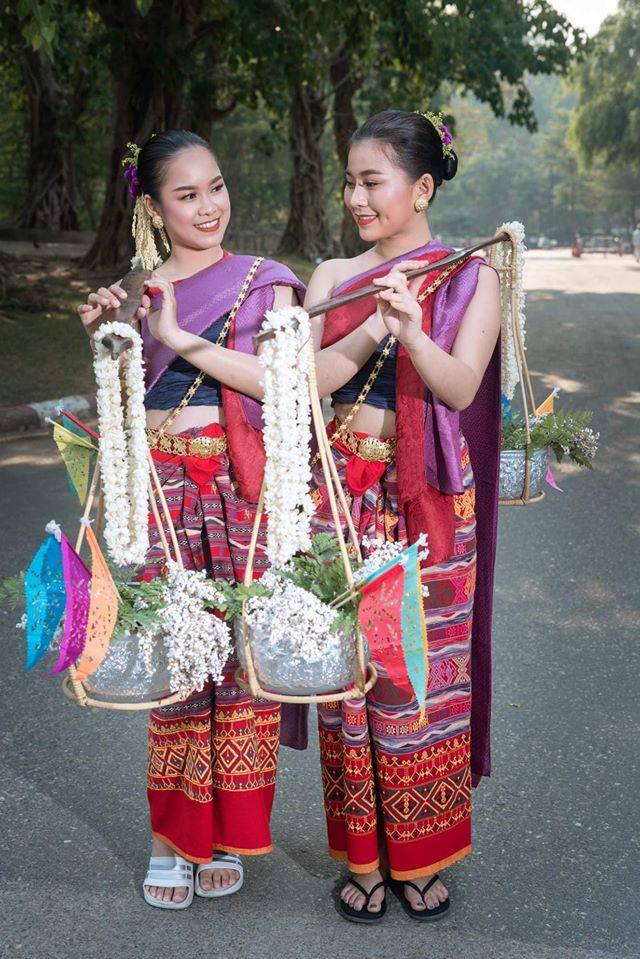
Thailand 🇹🇭 | ล้านนา, Lanna traditional costume
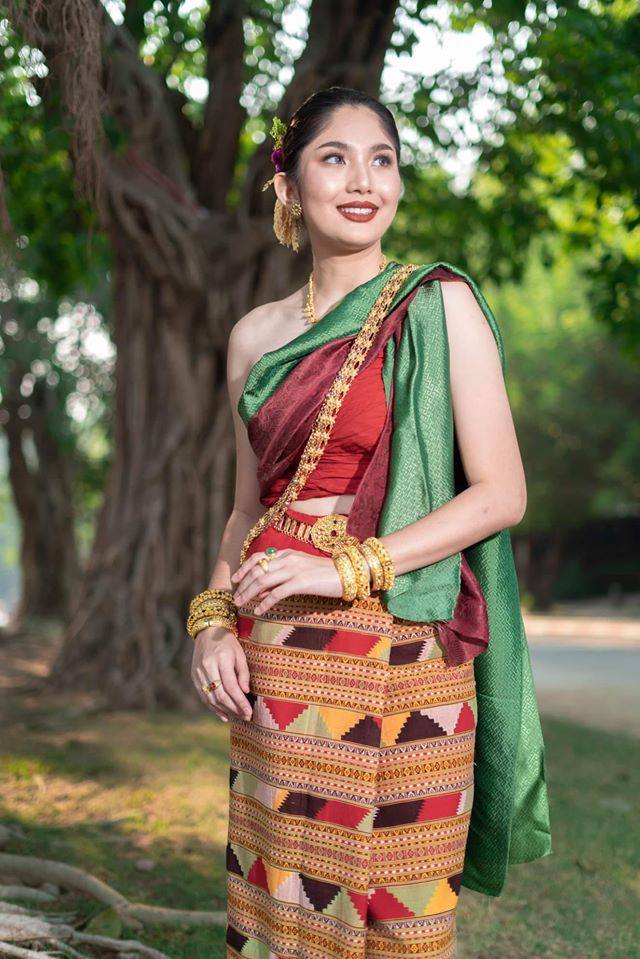
Thailand 🇹🇭 | ล้านนา, Lanna traditional costume
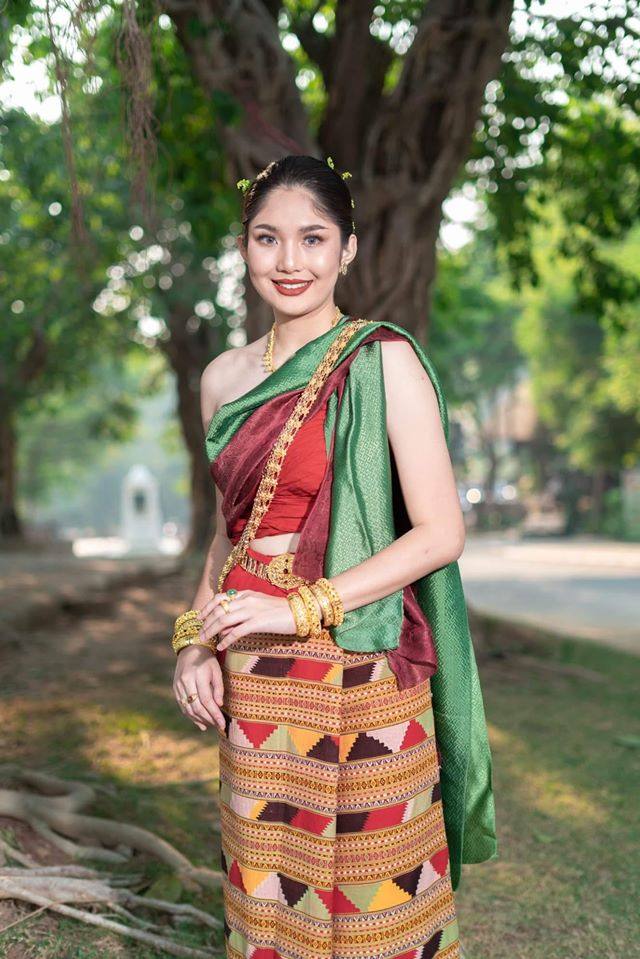
Thailand 🇹🇭 | ล้านนา, Lanna traditional costume
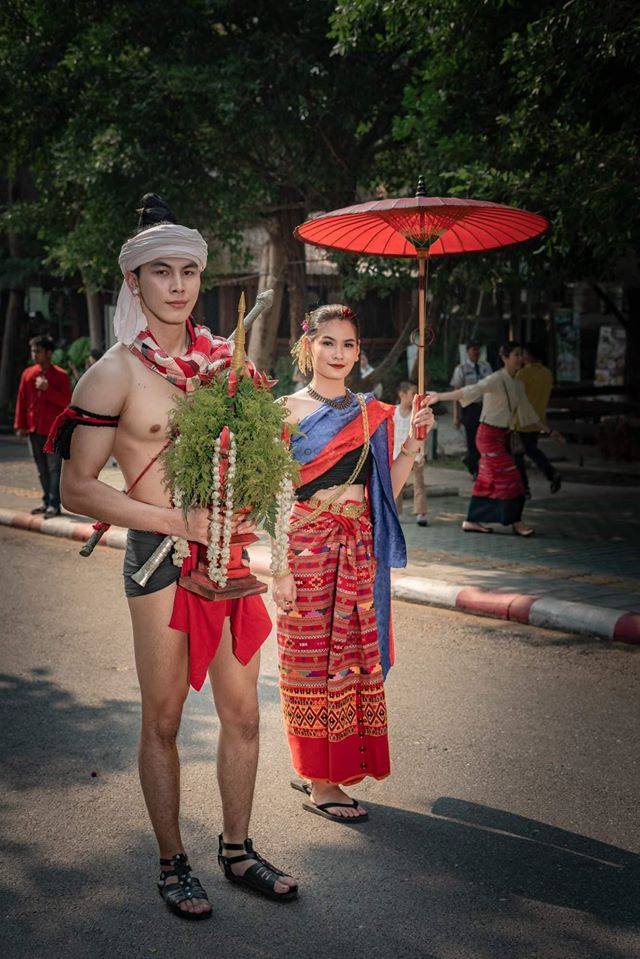
Thailand 🇹🇭 | ล้านนา, Lanna traditional costume
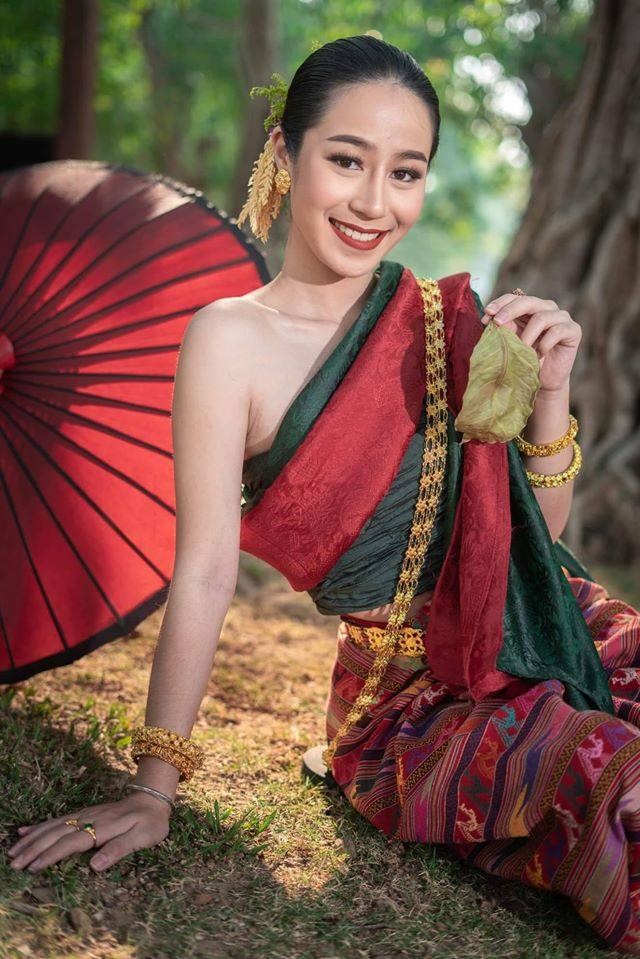
Thailand 🇹🇭 | ล้านนา, Lanna traditional costume
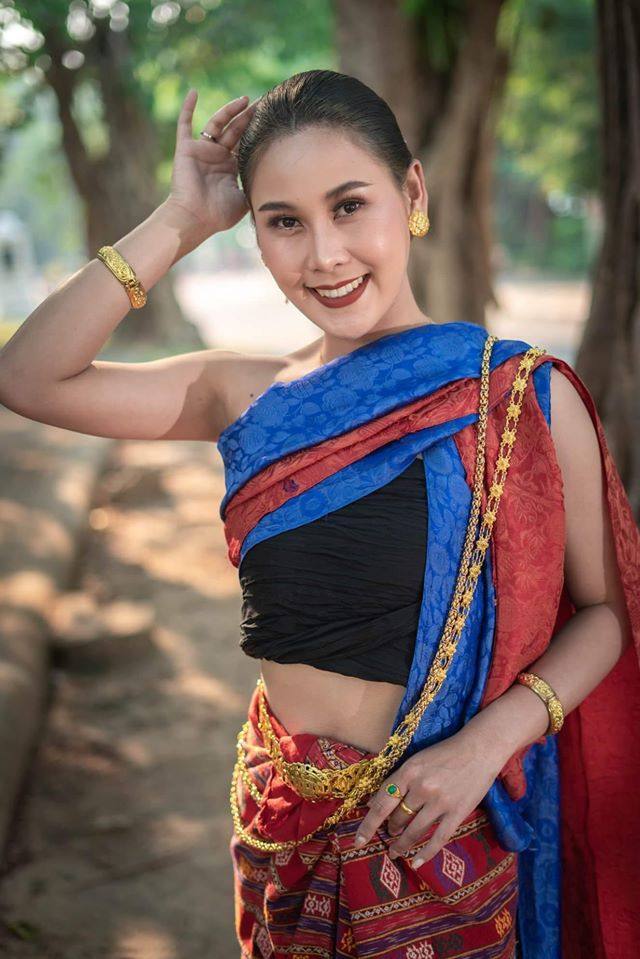
Thailand 🇹🇭 | ล้านนา, Lanna traditional costume
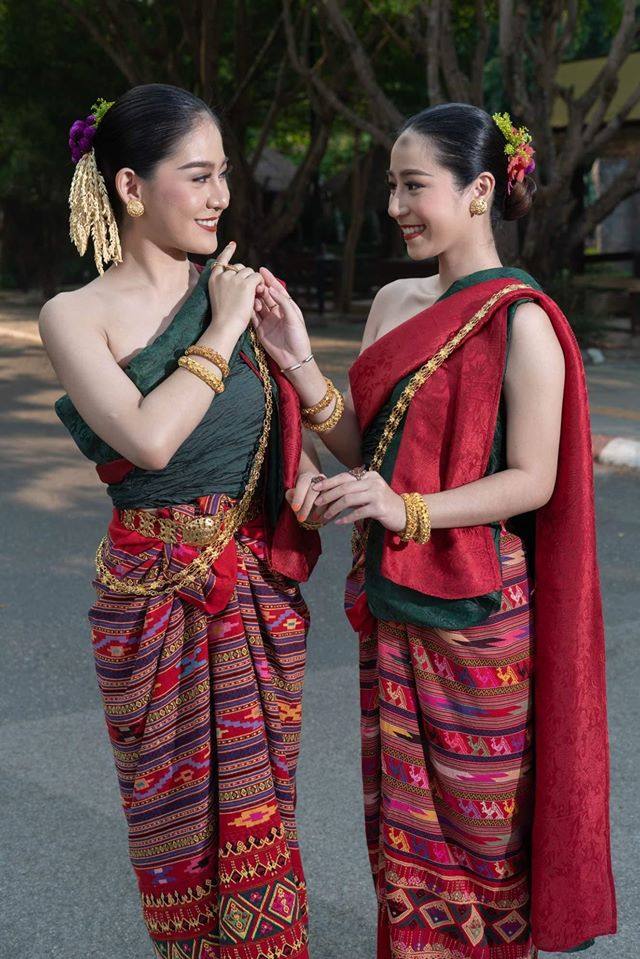
Thailand 🇹🇭 | ล้านนา, Lanna traditional costume
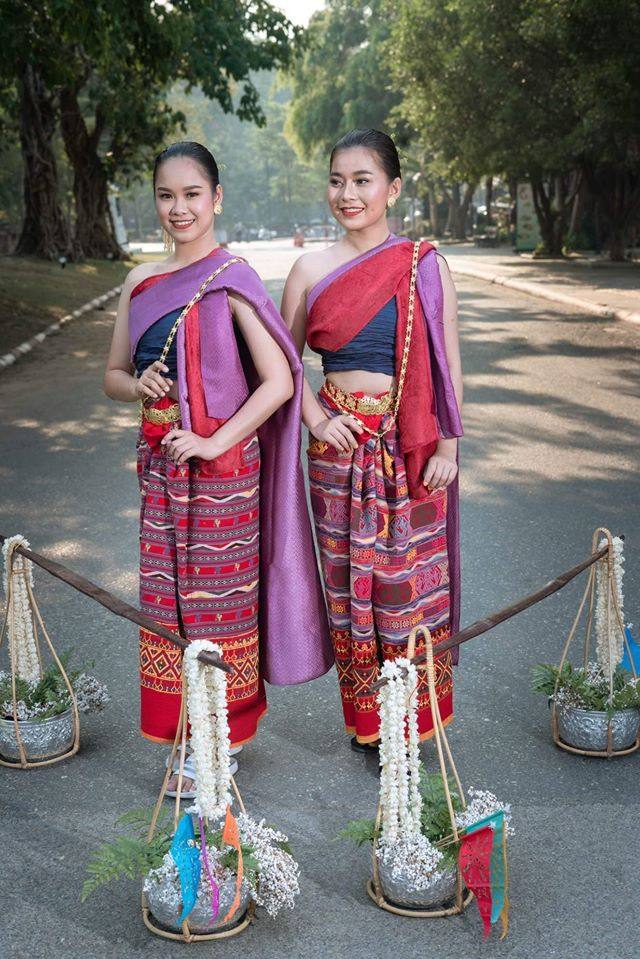
Thailand 🇹🇭 | ล้านนา, Lanna traditional costume
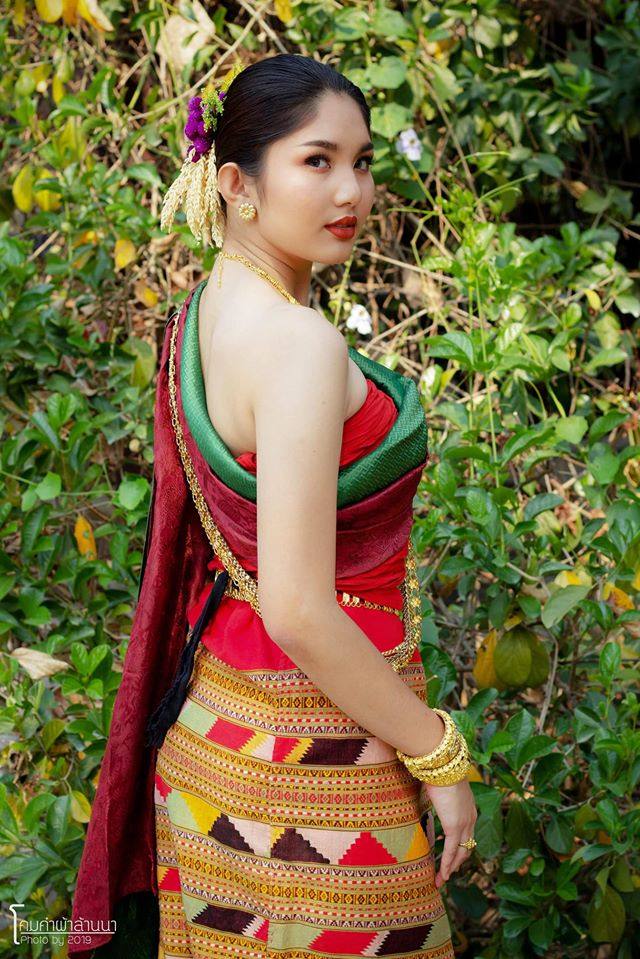
Thailand 🇹🇭 | ล้านนา, Lanna traditional costume
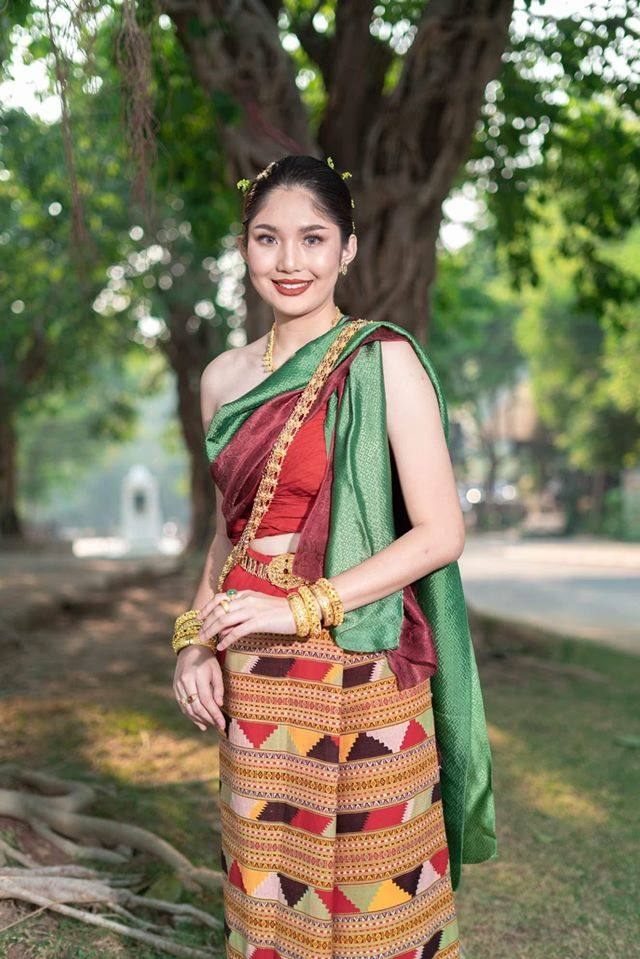
Thailand 🇹🇭 | ล้านนา, Lanna traditional costume
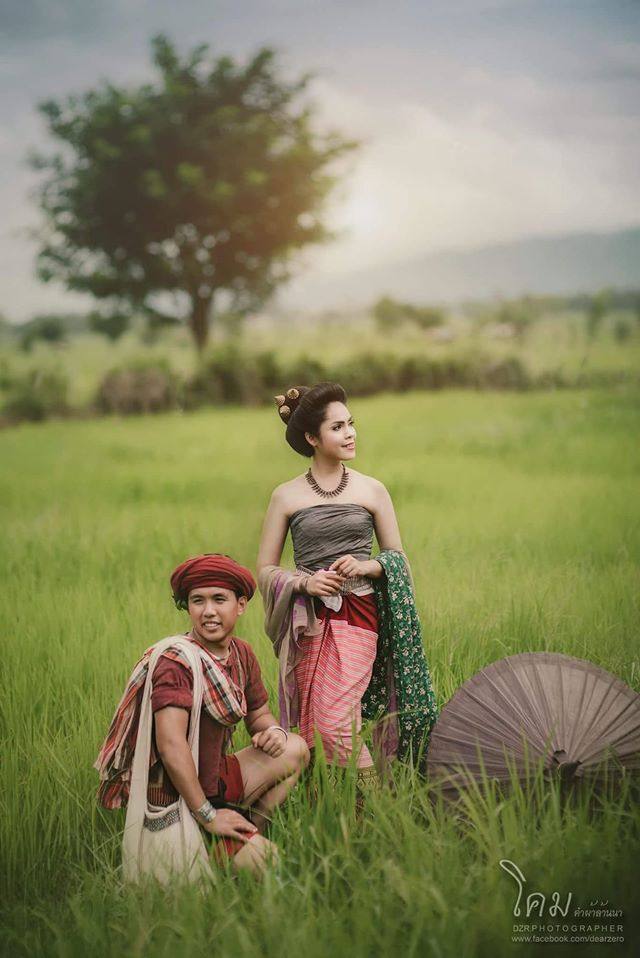
Thailand 🇹🇭 | ล้านนา, Lanna traditional costume
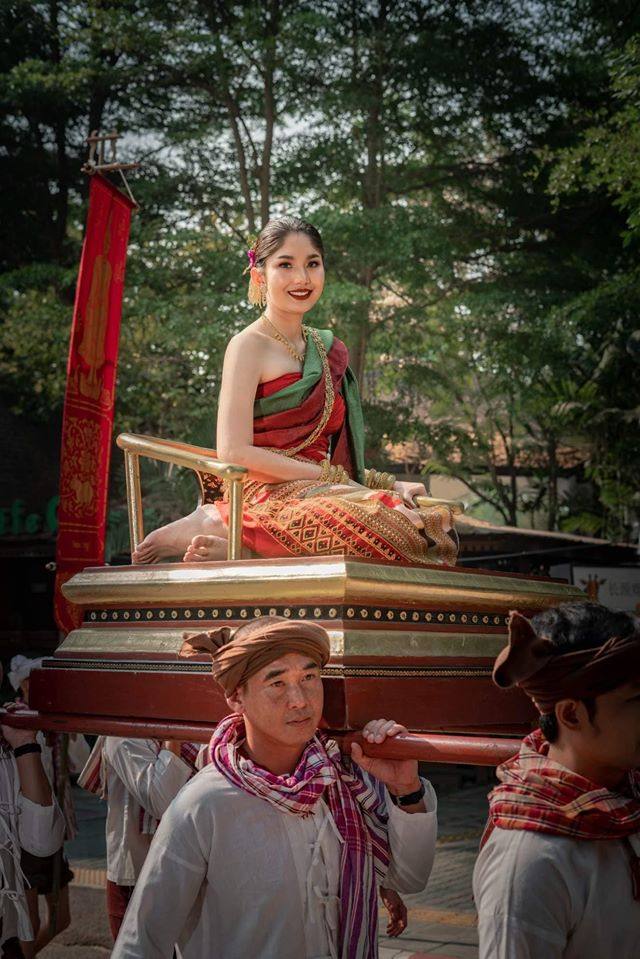
Thailand 🇹🇭 | ล้านนา, Lanna traditional costume
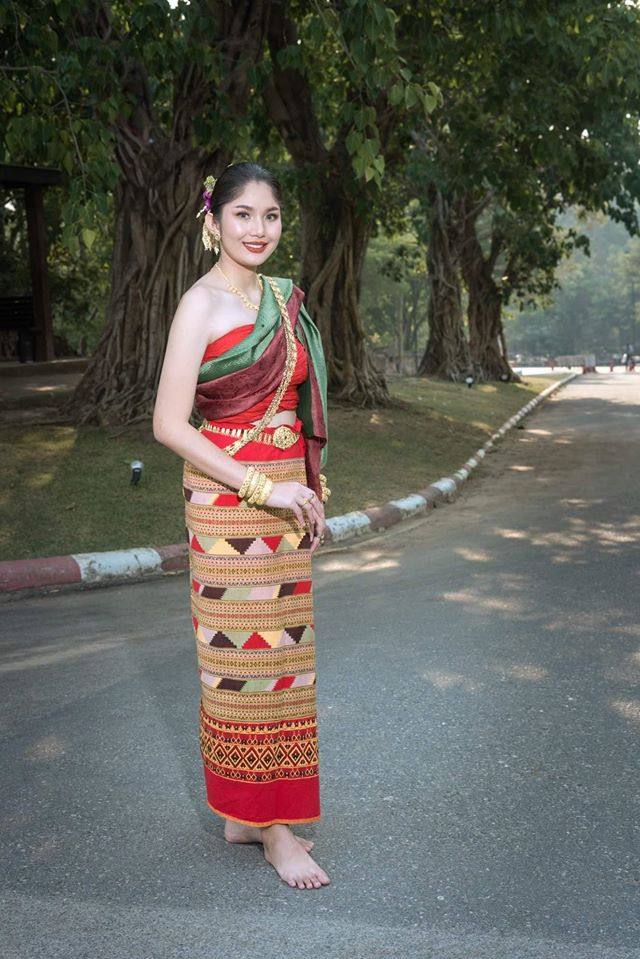
Thailand 🇹🇭 | ล้านนา, Lanna traditional costume
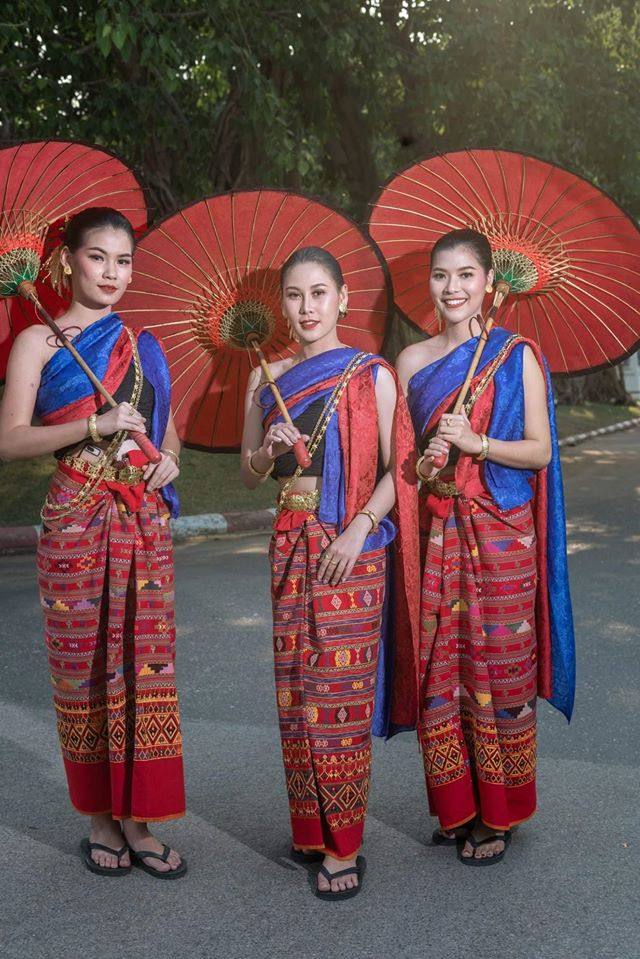
Thailand 🇹🇭 | ล้านนา, Lanna traditional costume
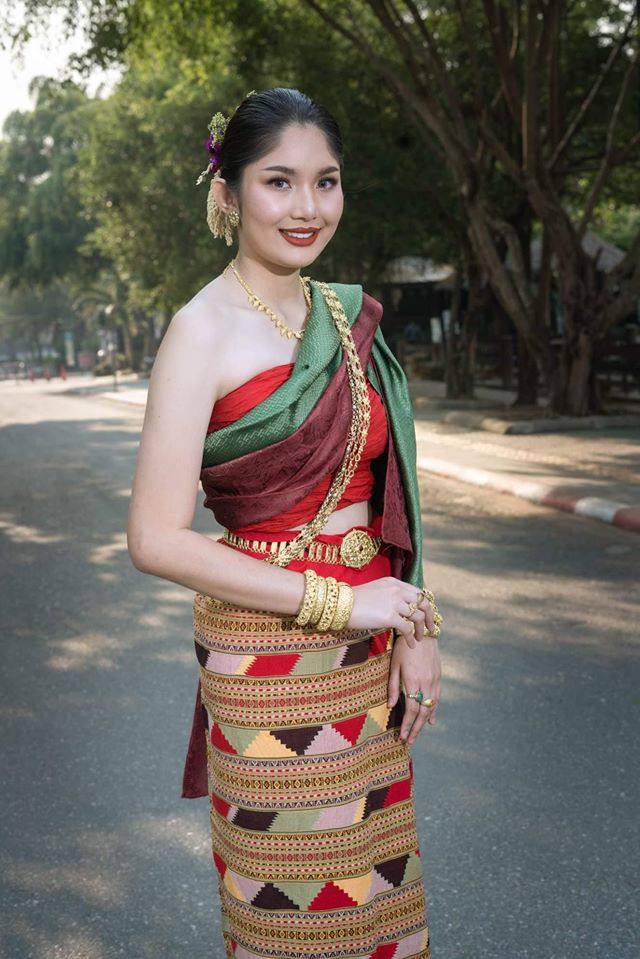
Thailand 🇹🇭 | ล้านนา, Lanna traditional costume
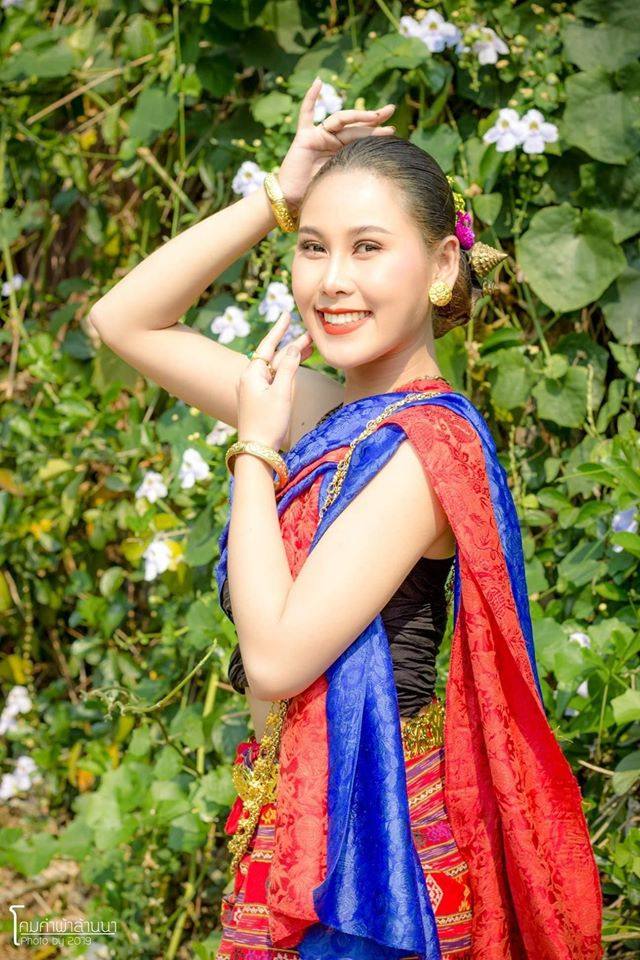
Thailand 🇹🇭 | ล้านนา, Lanna traditional costume
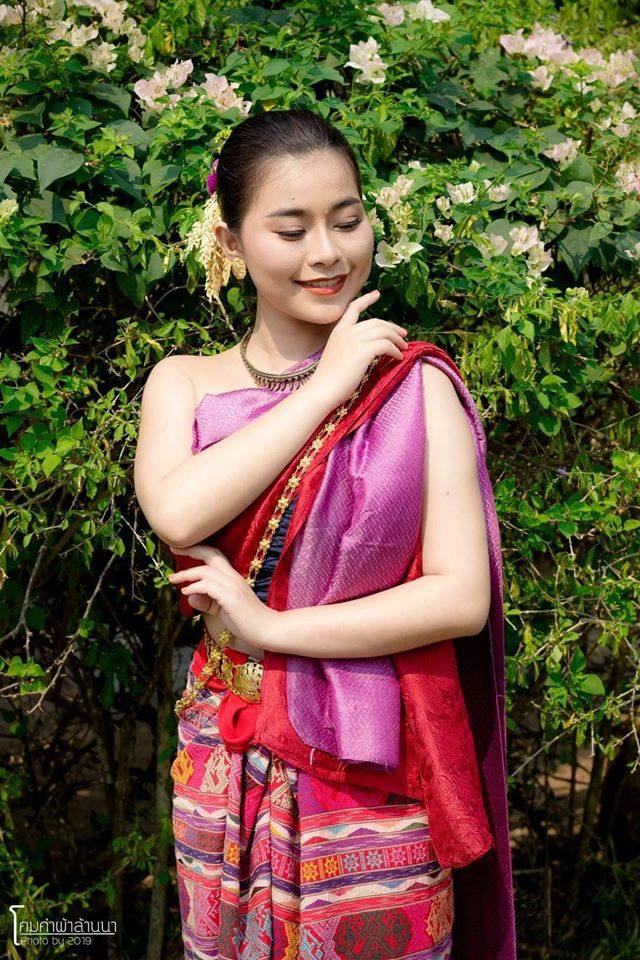
Thailand 🇹🇭 | ล้านนา, Lanna traditional costume
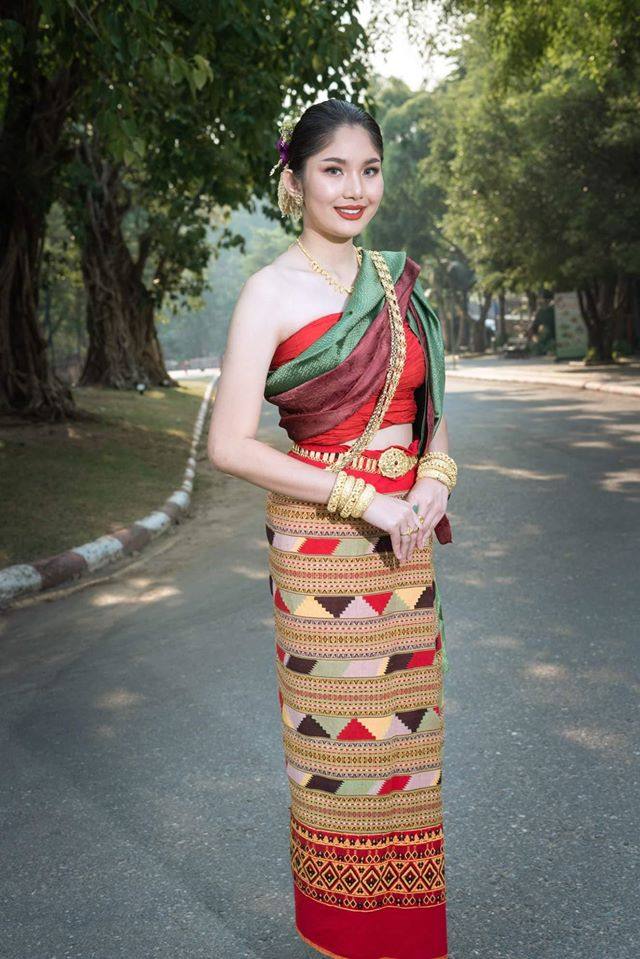
Thailand 🇹🇭 | ล้านนา, Lanna traditional costume
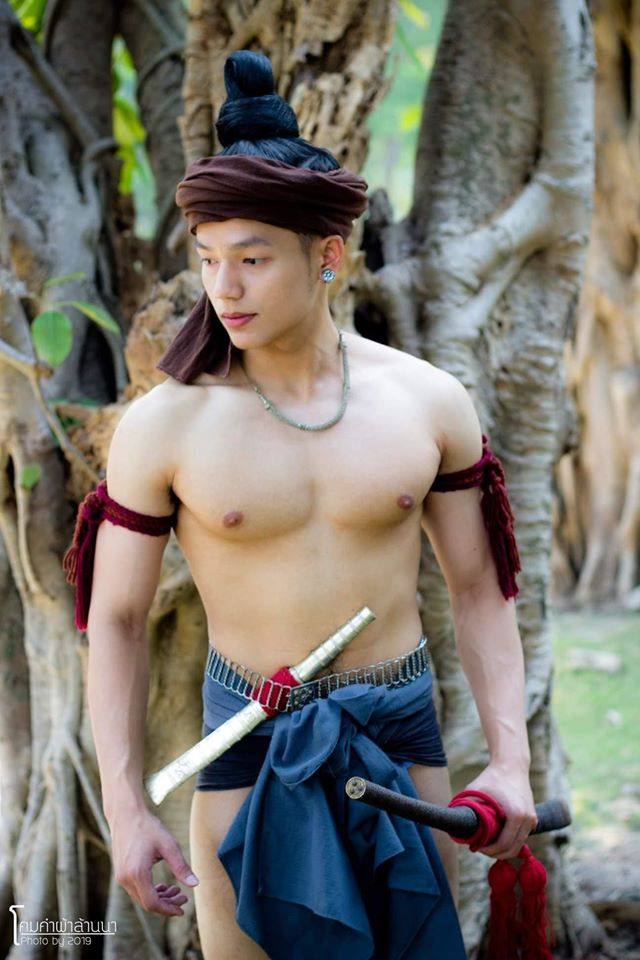
Thailand 🇹🇭 | ล้านนา, Lanna traditional costume
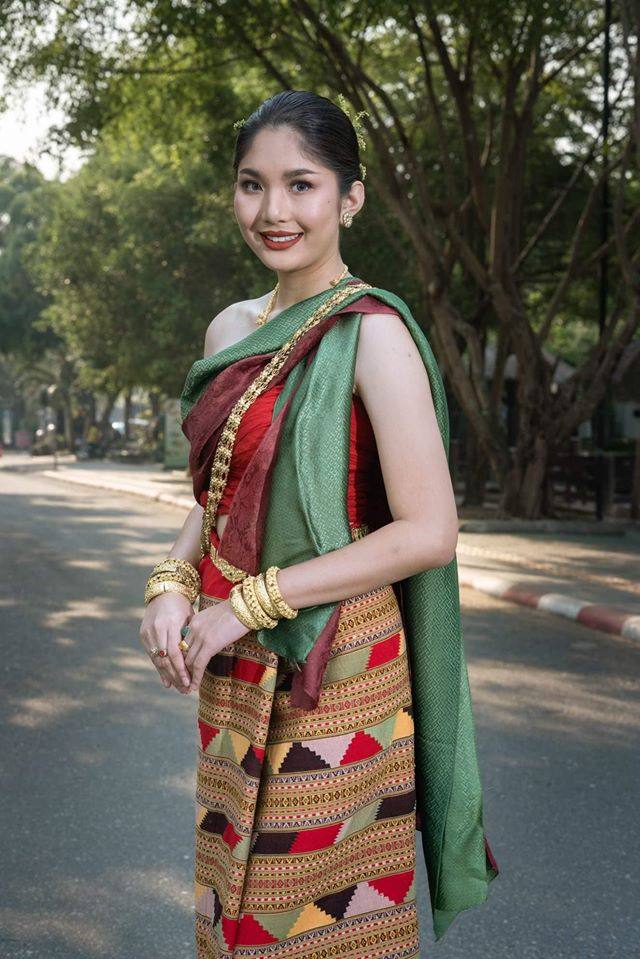
Thailand 🇹🇭 | ล้านนา, Lanna traditional costume
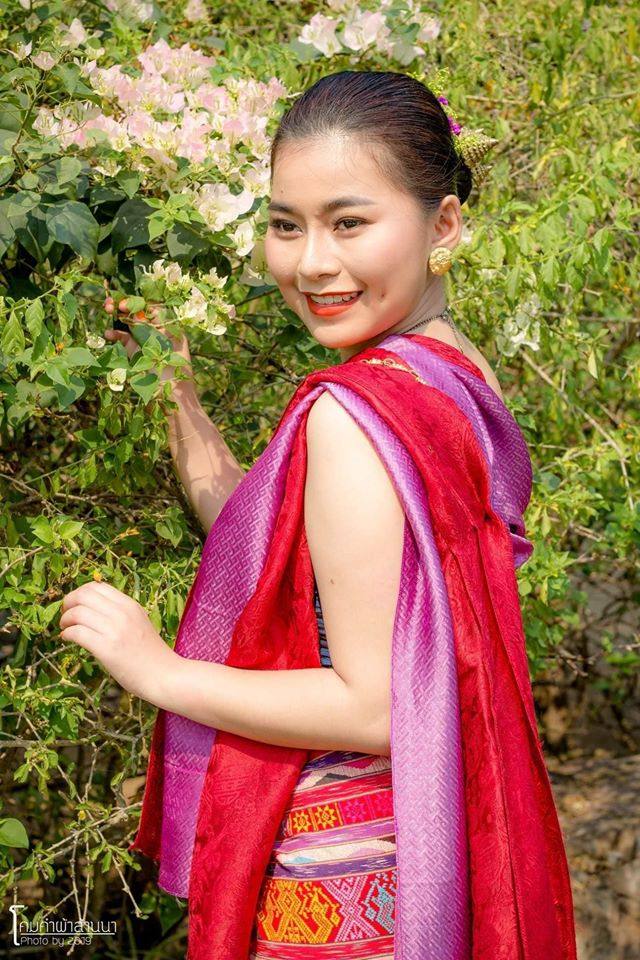
Thailand 🇹🇭 | ล้านนา, Lanna traditional costume
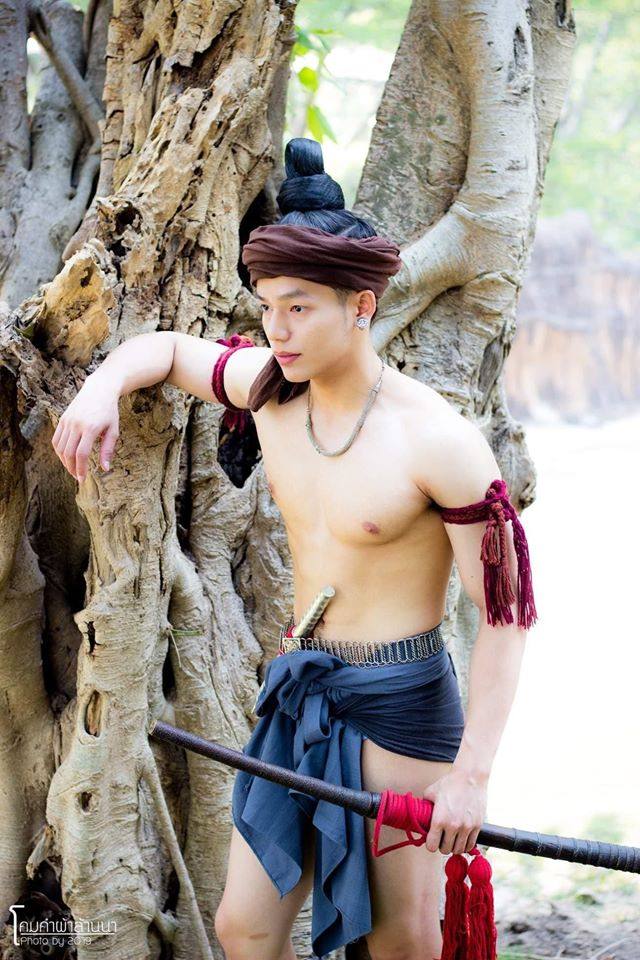
Thailand 🇹🇭 | ล้านนา, Lanna traditional costume
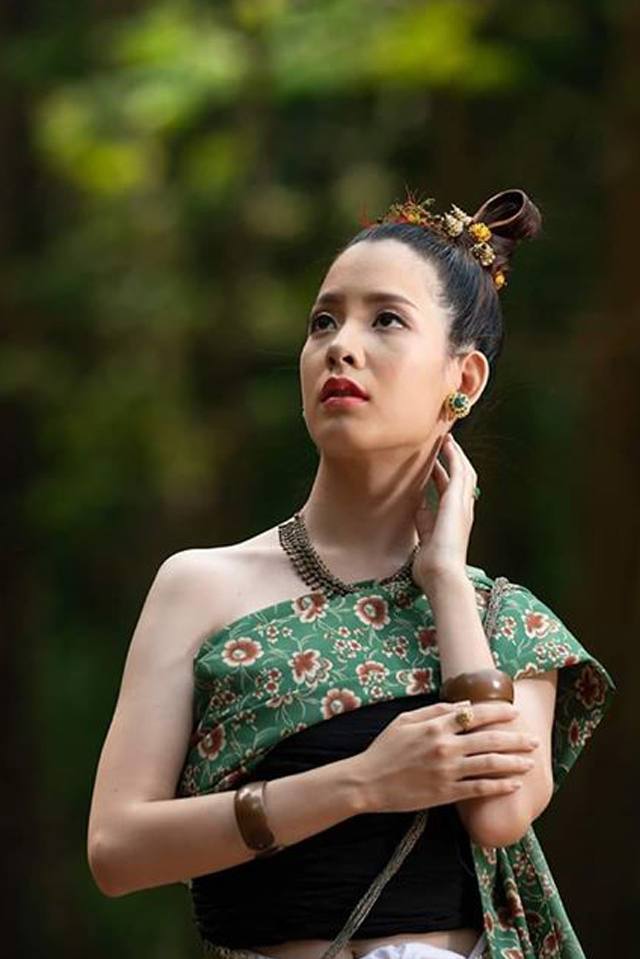
Thailand 🇹🇭 | ล้านนา, Lanna traditional costume
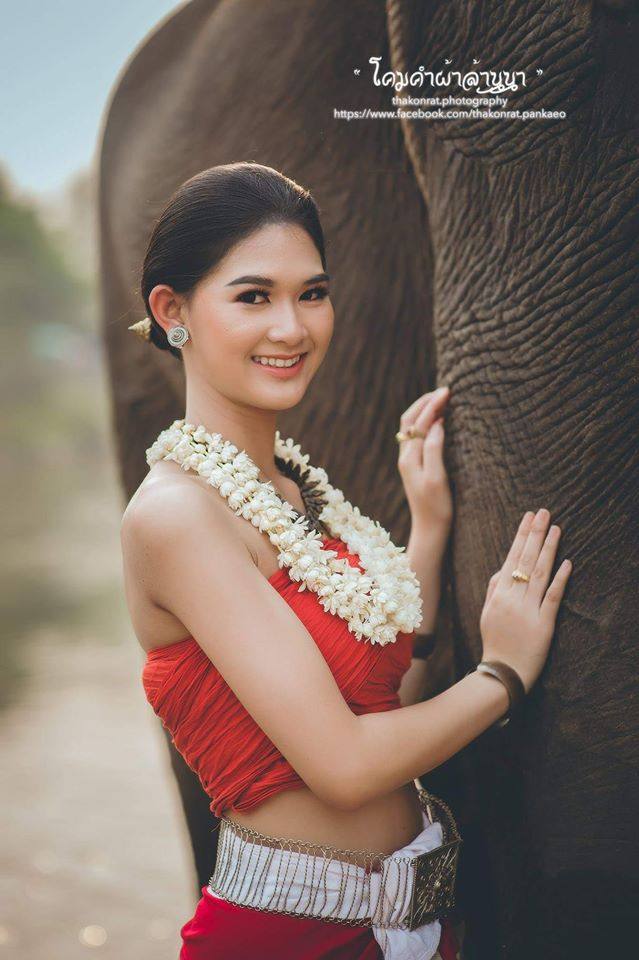
Thailand 🇹🇭 | ล้านนา, Lanna traditional costume
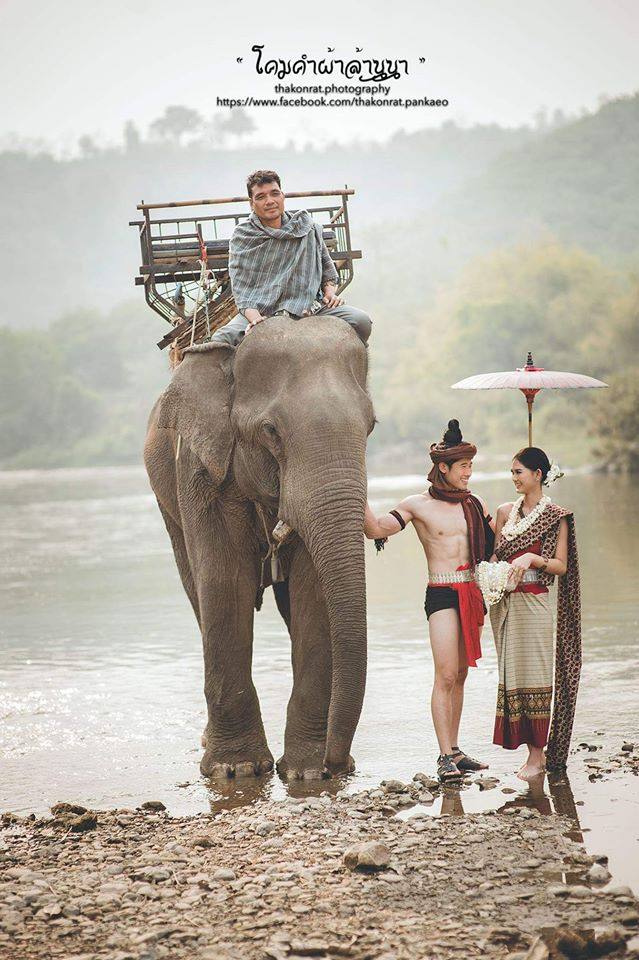
Thailand 🇹🇭 | ล้านนา, Lanna traditional costume
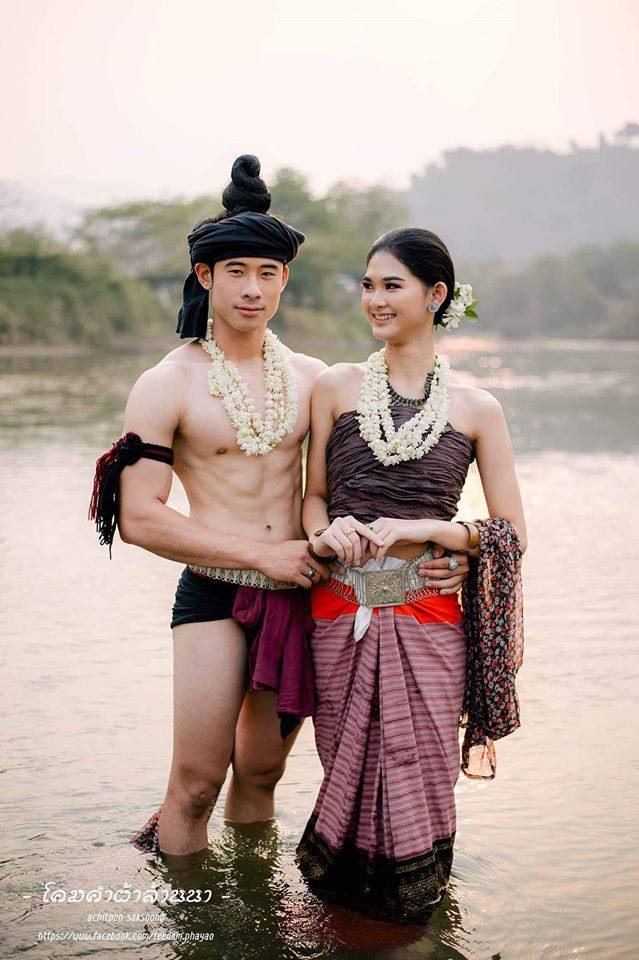
Thailand 🇹🇭 | ล้านนา, Lanna traditional costume
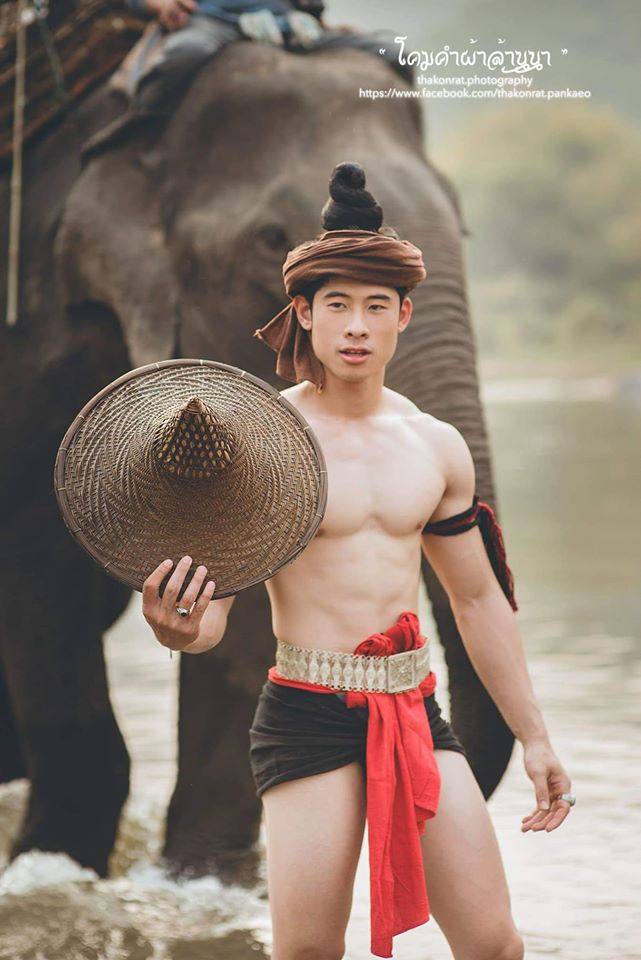
Thailand 🇹🇭 | ล้านนา, Lanna traditional costume
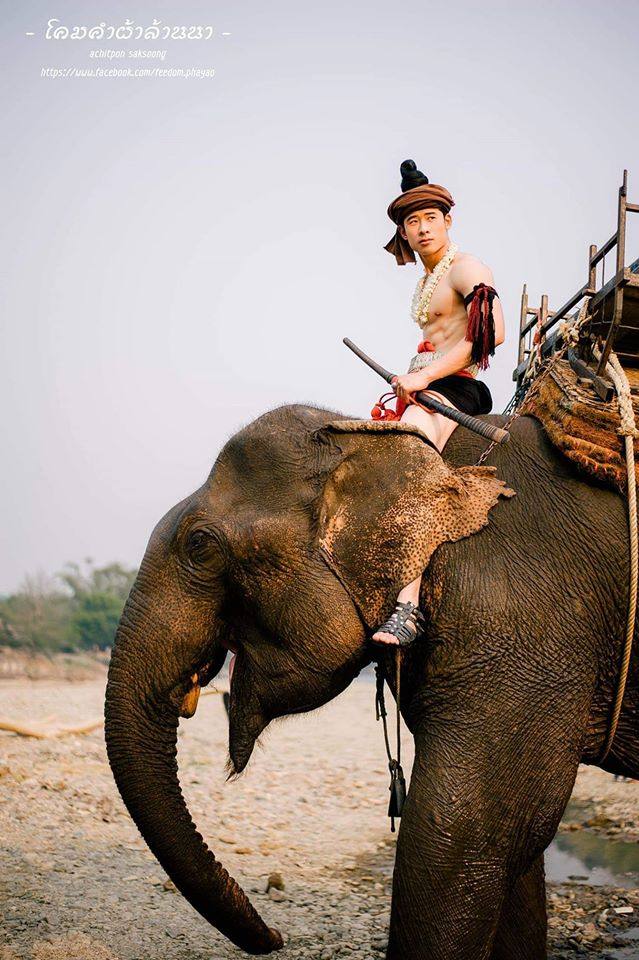
Thailand 🇹🇭 | ล้านนา, Lanna traditional costume
หากคุณเป็นเจ้าของนิตยสาร/โมเดลลิ่ง เอเจนซี่ ต้องการโปรโมท สามารถส่ง e-mail แจ้งทีมงานให้ตั้งค่า username ของคุณเป็น Official User ได้ที่ info@postjung.com โดยไม่มีค่าใช้จ่ายใดๆ
































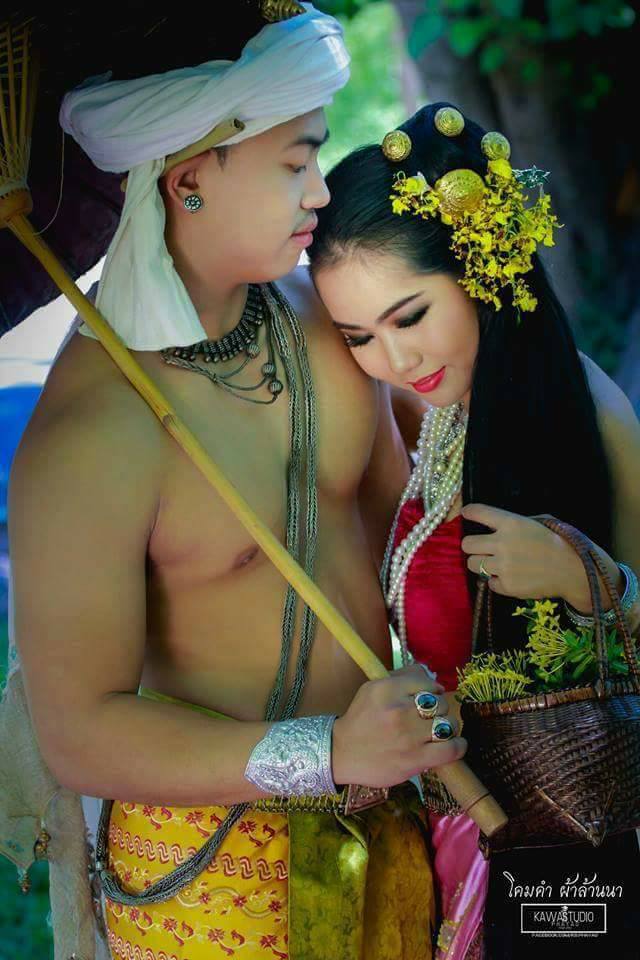
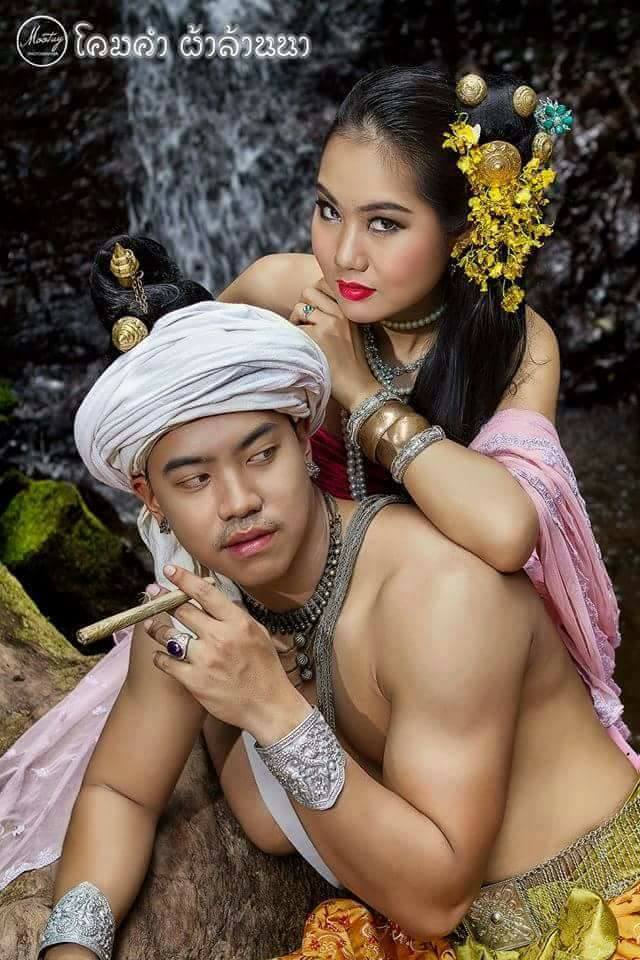
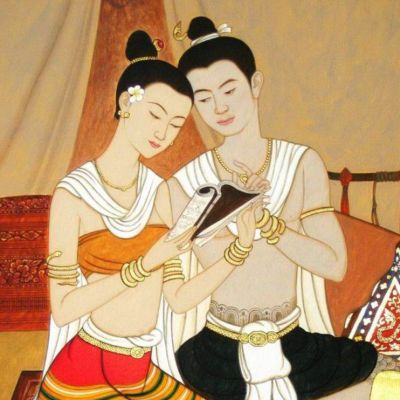 LANNA FINE ART by Phongphan ruannunchai | THAILAND 🇹🇭
LANNA FINE ART by Phongphan ruannunchai | THAILAND 🇹🇭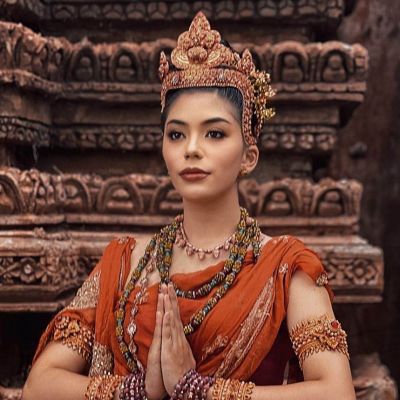 ทวารวดี -The Outfit of Dvaravati Era | THAILAND 🇹🇭
ทวารวดี -The Outfit of Dvaravati Era | THAILAND 🇹🇭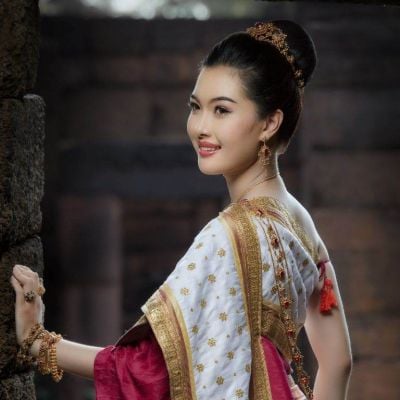 Thai wedding dress: The national costume of Thailand | THAILAND 🇹🇭
Thai wedding dress: The national costume of Thailand | THAILAND 🇹🇭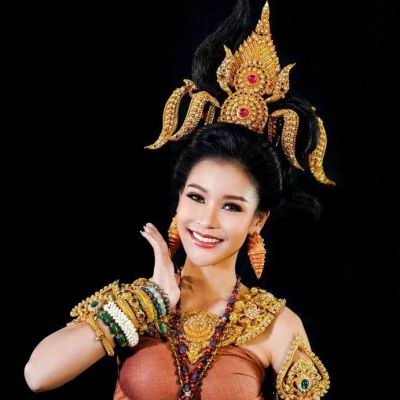 Thai Apsara | THAILAND 🇹🇭
Thai Apsara | THAILAND 🇹🇭